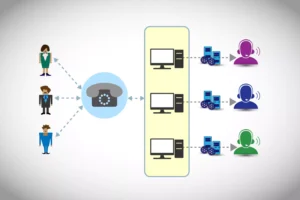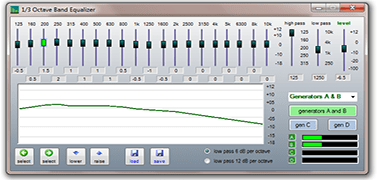
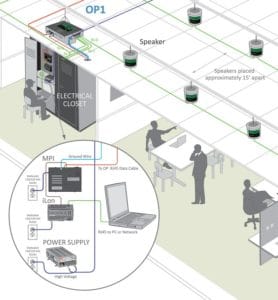
A growing component of today’s workplaces, particularly in cubicle and medical environments, is office sound masking. Sound masking systems, is the addition of sound to an environment to cancel—or “mask”—unwanted sounds. This added sound is often referred to as “pink” or “white” noise. These sound masking systems or white noise machines consist of speakers and volume controls. They are installed in a custom designed pattern to address the needs of a specific space.
Sound masking systems reduce conversational distractions while increasing worker concentration, productivity, accuracy and satisfaction. Today’s green buildings introduce new acoustical challenges. Adding sound masking can help solve the lack of privacy caused by decreasing workstation heights and less room absorption.

Why Use a Sound Masking System?
The most common use of office sound masking is to increase the ambient noise in a densely occupied workspace. This helps prevent the projection of other people’s conversations within the space. Without a cubicle sound masking system, there is usually very little ambient noise in an office and every conversation can be heard by everyone. Many people find this distracting and the effect can reduce office productivity.
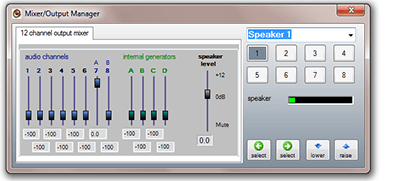
Sound masking speakers are installed discreetly, so that no one can tell where the masking sound is coming from. Typically, upward-firing speakers installed above suspended ceilings uniformly fill the occupied space below. Speakers can be installed above suspended ceilings, below raised access floors and in an open structure.
Whether a conversation takes place in an office conference room or a patient exam room, some discussions shouldn’t be overheard. With the addition of sound masking in the room and the areas immediately surrounding it, the system can greatly reduce the risk of someone accidentally overhearing a discussion. The Health Insurance Portability and Accountability Act (HIPAA) has provisions regarding “acoustic privacy.” Sound masking can help in compliance with this part of the act. Talk to your rep at Taylored Systems to learn more today.
Other Sound Masking Uses
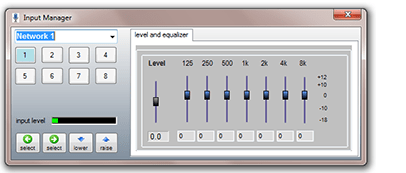
Taylored Systems offers a full line of sound masking components from a variety of manufacturers to meet your needs. We also offer custom design services as well as integration to complementary systems. Contact us today to learn more about your options for white noise machines for your office.



